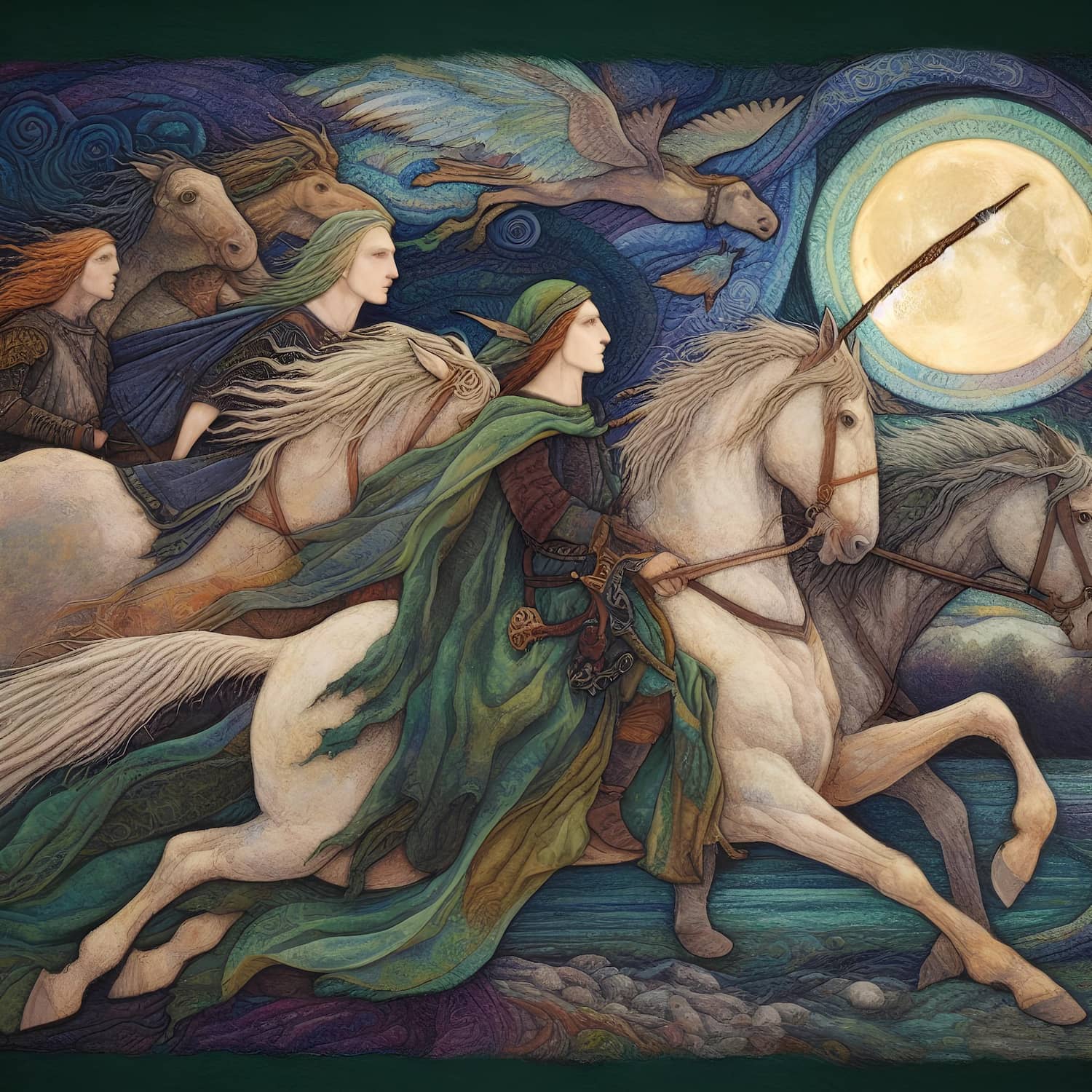Tuatha Dé Danann: Celtic Pantheon Spotlight
The Tuatha Dé Danann were a mythical race in Irish mythology, often considered as divine beings or gods. They were associated with skill in arts, magic, and war.

The Tuatha Dé Danann were a mythical race in Irish mythology, often considered as divine beings or gods. They were associated with skill in arts, magic, and war.

